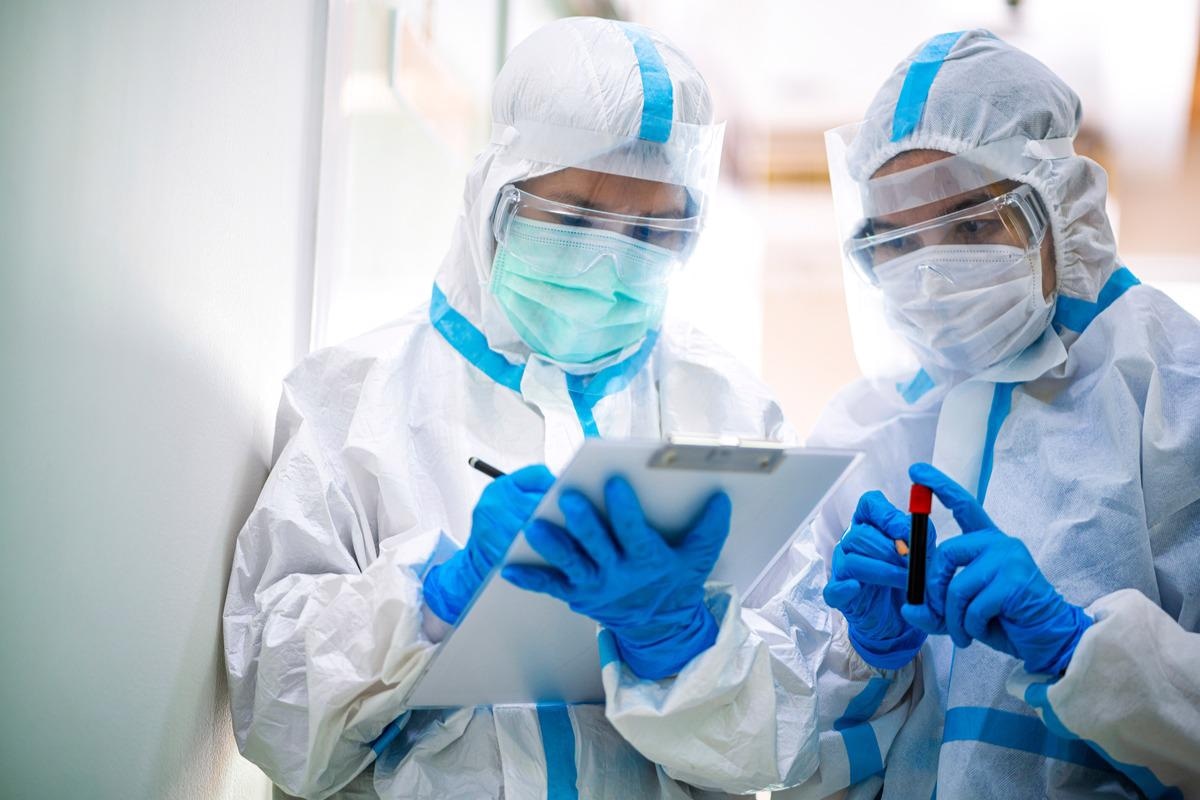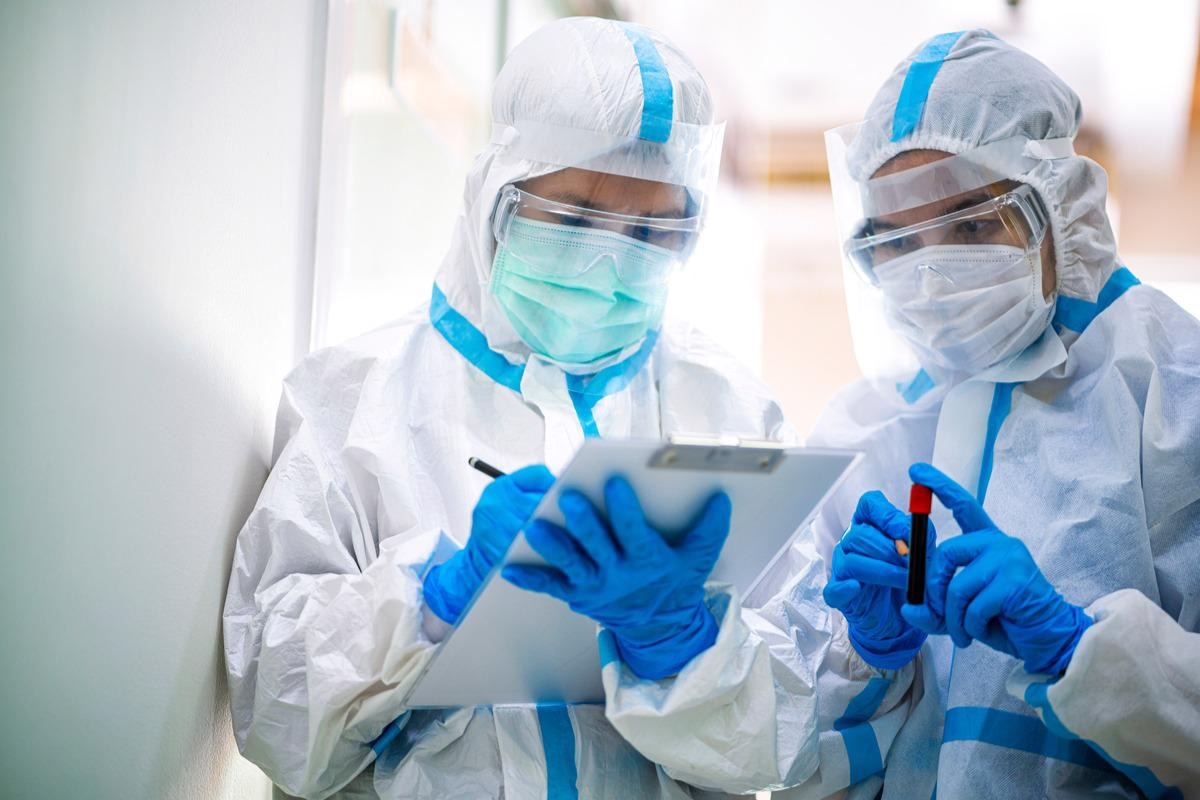In a recent study published on the medRxiv* preprint server, researchers used mass spectrometry to investigate changes to immune systems, in particular regulatory T-cells (Tregs), in a large cohort of moderate, severe, and critical Japanese coronavirus disease 2019 (COVID-19) patients and healthy controls.
 Study: Regulatory T-cells are central hubs for age-, sex- and severity-associated cellular networks during COVID-19. Image Credit: People Image Studio/Shutterstock
Study: Regulatory T-cells are central hubs for age-, sex- and severity-associated cellular networks during COVID-19. Image Credit: People Image Studio/Shutterstock
Tregs are a complex population of immune cells with several sub-populations, such as naïve, T follicular regulatory T cells (Tfr), central memory (CM) cells, such as CCR4+ effectors, Helios–CCR6+ cells, and CD38 cells. The present study demonstrates changes in the frequencies of these Tregs cells with COVID-19 severity, age, and sex of patients.
About the study
In this study, the researchers analyzed peripheral blood mononuclear cells (PBMCs) labeled with metal-tagged antibodies from 55 COVID-19 patients and 40 healthy controls on a Helios mass cytometer to observe Treg subsets while retaining a broad view of the immune system.
The authors collected information on many cell types and used this information to determine the associations between these changing cellular populations by correlation analysis. For a finer resolution of cellular populations, researchers performed subset analysis of CD4 T-cells (CD4), CD8 T-cells (CD8), T follicular helper (Tfh) cells, NK cells (NK), B and plasma cells (B-cells, Plasma), myeloid cells, dendritic cells (DCs), such as plasmacytoid dendritic cells (pDCs), conventional dendritic cells (cDCs), non-classical monocytes (ncMono), and classical monocytes (cMono).
Results
The analysis revealed broad differences between healthy individuals and COVID-19 patients; however, it did not clearly show differences within patient subgroups of moderate, severe, and critical patients.
Moreover, follow-up analyses showed that changes in immune cell compositions were transient as these returned to similar proportions as healthy controls in patients who recovered from COVID-19.
The analysis of changes to cellular frequency demonstrated that a large network of correlated cell groups, such as CD4, CD8, Treg, B-cells, plasma cells, NK, and cMono, was increased in COVID-19 patients in comparison to healthy controls. Moderate and critical patients’ immune compositions were comparable to severe COVID-19 patients, except that moderate patients retained a more normal proportion of CD8 T-cells. In severe COVID-19 patients, cellular frequencies of B-cells, plasma, and cMono had significantly increased, and contrastingly, CD8 T-cells, ncMono, cDCs, and pDCs were all significantly reduced. In addition to the expected increase in CD4 T-cells, Tfh CXCR4 increased, and Tfh CXCR5 decreased in severe COVID-19 patients. A significant negative correlation between Tfr and plasma cells was also observed in severe COVID-19 patients.
In older COVID-19 patients, helios-CCR6+ Tregs and the CXCR4hi naïve T-cell subgroup were increased, suggesting that while Tregs are generally highly activated in COVID-19, a potentially unstable subpopulation emerges in older COVID-19 patients. The Tfh expression of CXCR4 in COVID-19 patients was also positively correlated with age.
While female COVID-19 patients showed an overall increase in the proportion of B-cells, plasma cells and Ki67+CD38+ Tregs were associated with male patients. Tfr primarily controlling plasma cell formation showed the most correlation with the female sex, thus suggesting a causative link between the inverse relationship of Tfr and plasma cells among the sexes.
While the negative correlation of Tfr and plasma cells was significant in females, the Tfr/ B-cell negative correlation was significant in both males and females. Even within severe COVID-19 patients, the ratio of both Tfh/Tfr and plasma cell/Tfr were significantly different between the male and the female patients. In summary, these findings suggest that although disruption of Tfr function occurs in all COVID-19 patients, it is much more exaggerated in male patients.
Conclusions
Together, the study results suggested the potentially crucial roles that Tregs play in organizing multiple aspects of the immune response in COVID-19 and showed a broader picture of dysregulated antibody production during COVID-19.
The CD38hiHLA-DRloKI67+ Treg subpopulation showed a marked sequential increase in frequency between moderate, severe, and critical patients. CD38loHLADRhiKI67+ Tregs also increased in all patient groups but lacked a clear association with severity. In the context of COVID-19, CD38 expression was also widely induced across CD8, CD4, Treg, and plasma cells.
Due to high levels of plasma concentrations of IL-2 in COVID-19 patients, there was a suppression of the Tfr populations which further suppressed plasma cell generation, improving the specificity and memory of the antibody response to acute SARS-CoV-2 infection, preventing the development of autoreactive antibodies. This finding along with the finding showing relative imbalances of Tfh/Tfr and plasma cell/Tfr contributing to the production of autoantibody responses in COVID-19 cases requires further investigation.
In conclusion, in all cases, Treg subpopulations showed association with age, sex, and level of severity in COVID-19 patients. While further work is required to establish a more direct cause-and-effect relationship, the reduction of Tfr in all COVID-19 patients, further exaggerated in male patients, indicated an underlying dysregulated antibody production.
*Important notice
medRxiv publishes preliminary scientific reports that are not peer-reviewed and, therefore, should not be regarded as conclusive, guide clinical practice/health-related behavior, or treated as established information.
- Jonas Søndergaard, et al. (2022). Regulatory T-cells are central hubs for age-, sex- and severity-associated cellular networks during COVID-19. medRxiv. doi: https://doi.org/10.1101/2022.01.06.22268711 https://www.medrxiv.org/content/10.1101/2022.01.06.22268711v1
Posted in: Medical Science News | Medical Research News | Medical Condition News | Disease/Infection News
Tags: Antibodies, Antibody, Blood, CD4, Cell, Coronavirus, Coronavirus Disease COVID-19, covid-19, Cytometer, Frequency, Immune Response, Immune System, Mass Spectrometry, SARS, SARS-CoV-2, Spectrometry, T-Cell

Written by
Neha Mathur
Neha Mathur has a Master’s degree in Biotechnology and extensive experience in digital marketing. She is passionate about reading and music. When she is not working, Neha likes to cook and travel.
Source: Read Full Article
